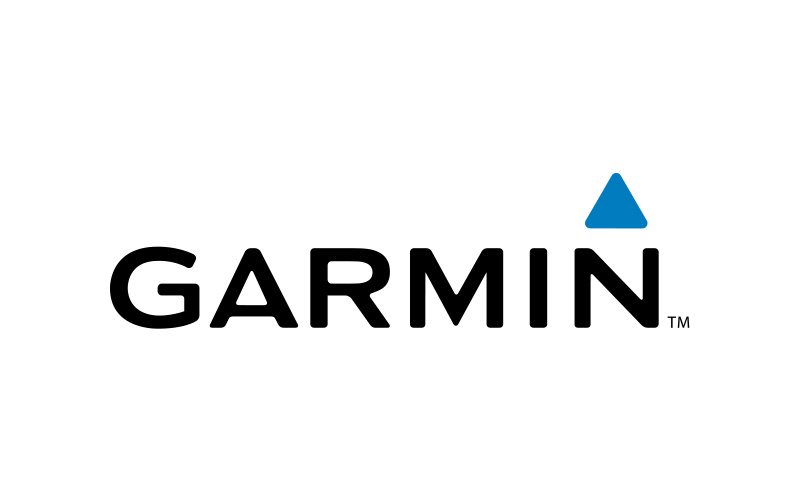Answers to your inventory management questions
This winter, Boating Industry magazine hosted a regular series of webinars focused on various issues facing dealerships today. The monthly events, sponsored by Boat Trader, covered dealership traffic, social media, reputation management, and most recently inventory management.
Each webinar assembles a panel of experts who present on the topic and then answer questions from the audience. The inventory management webinar, held in February, included dealer consultant David Parker of Parker Business Planning; Jeff Schertz, marine operations leader at GE Capital; Mike McKay, marine risk leader at GE Capital; David S. Wilson, vice president – strategic at GE Capital; and Kevin Roggenbuck, owner of Lake Union Sea Ray, Seattle.
Parker spoke on tools dealers can use to successfully manage inventory; the representatives from GE discussed the true cost of aged inventory and provided tips on managing your floorplan; and Roggenbuck described his dealership’s Pipeline Management System for inventory.
During the question and answer session that followed, the presenters shared a number of thoughts on inventory management and the coming year.
What do you see as the industry average for turns in 2011?
During his presentation, Schertz shared data on industry-wide turn ratios for the past several years – 1.6 in 2008, 1.5 in 2009, and 1.8 in 2010. During the Q&A, he predicted an average of about 1.75 for 2011.
“We foresee a little bit of shortage in the industry, especially in certain product niches, and we think dealers are going to need to stock up from where they are at this point in time,” Schertz said.
Are there tools available for dealers to make decisions whether to take a deal or to hold off for a better retail offer?
When asked for help assessing a potential deal, Parker offered a simple piece of advice: “What I recommend for dealers is looking at how long that boat’s been in inventory.”
Parker uses an inventory worksheet that calculates days in inventory and grades the inventory based on how long it’s been there. For example, white is within six months, yellow is from 6 to 9 months and orange is from 9 to 12 months.
“When it gets over a year old, you take whatever you’ve got to take to sell that boat, because it’s a depreciating asset that’s going down in value,” Parker said. “And that would mean if you’ve got to take invoice, or five over, or even five under, get rid of that inventory, and re-invest that money in something that is turning, that you can make money on, rather than try to hang on to it.”
In calculating turn rate, how do you deal with units ordered from the factory already sold, therefore turning over in less than a month?
Roggenbuck said as a dealer, he counts units ordered from the factory already sold just like everything else.
“They’re not pulled out of the equation,” he said.
Parker agreed.
“They’re just all part of the package,” he said. “It helps to increase the cost of sales that goes through your business. It therefore will automatically increase your turnover. So you just let it run as part of the normal business.”
Has most aged inventory flowed through the system, or is there still a lot out there?
Schertz noted that aged inventory has decreased significantly from its peak as a percentage of GE’s portfolio.
“It’s down considerably from where it was,” he said, “and if you look at the numbers that we put out for what’s out there over 18 months, we’re at 19 percent. The 24-month number is somewhere around 10 percent. So the aged inventory has flushed out very well over the last 10 to 15 months.”
Schertz said that while larger boats typically take longer to sell, that segment has also improved recently.
“That’s just the nature of the larger boat, it might take a little bit longer to sell,” he said. “But it has also come down dramatically over the last 12 months.”
Parker added that in his consulting, he has seen aged inventory decrease firsthand.
“In our 20 groups, we’ve been pounding on inventory for a couple of years now, and in our groups, just about all of the non-current inventory is gone,” he said. “They’re pretty clean, most all of them, and I’m looking forward to a really good year for a lot of my dealers.”
The complete one-hour webinar, including the Q&A session, is available for download here: Inventory Management Webinar.




